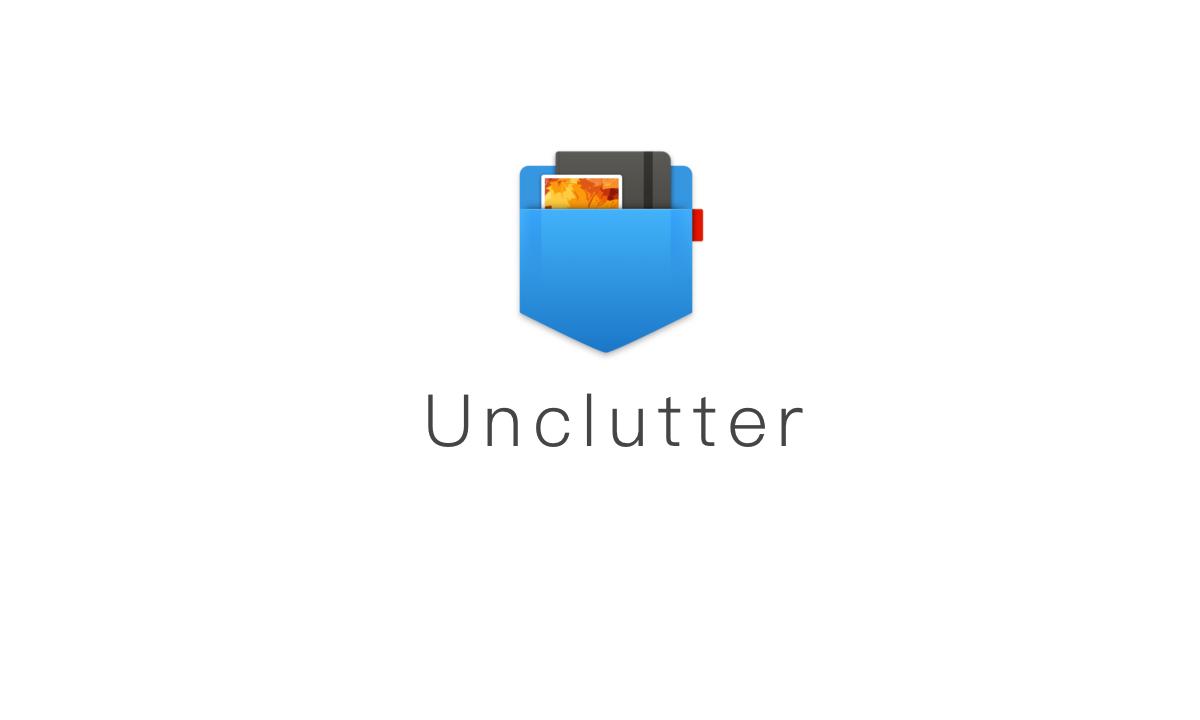

Highlights, list of recently updated pages, and the list of categories have been moved to the bottom of the page. Then we simply add event listeners to all of the elements and objects in our application that need them. The number of items was reduced to unclutter the head of the page. The current organization of the website is the result of using the Hugo Bearblog theme, with the necessary customizations (CSS, templates, Hugo partials, etc.), and a reorganization of some content. The goal was to use the simplest possible layout which would be adequate to browsers on both computers and smartphones, without Javascript (as much as possible), and possibly using CSS only. Overall, a good moment to think about a different solution. Moreover, the upgrade from Boostrap 3 to 4 was not that easy, and now there is Bootstrap 5 to chase… The “weight” of the website was still acceptable, by I disliked the need to point to external website for the CSSs and the JQuery packages. The main features that I used from Boostrap were labels, some beautiness here and there, and - most importantly - the menu, based on the Boostrap navbar-expand-md class, and the sidebar. The previous version of the website was using a customized Hugo theme derived from Hugo Bootstrap, which in turns is based on the widely used Bootstrap framework from Twitter and the JQuery library.

The generated files become then part of the website and are converted into webpages by Hugo. is generated by Python scripts that I wrote to fetch information from some CSV files and to produce the Markdown content by means of Jinjia2 templates. The most “structured” content, such as the list of theses, projects, reviews, etc.
#Javascript unclutter generator#
This website is generated using the well-known static website generator Hugo. According with my love for minimalism and uncluttered solutions, I finally managed to reorganize this website to remove all the Javascript-based parts and plugins.


 0 kommentar(er)
0 kommentar(er)
